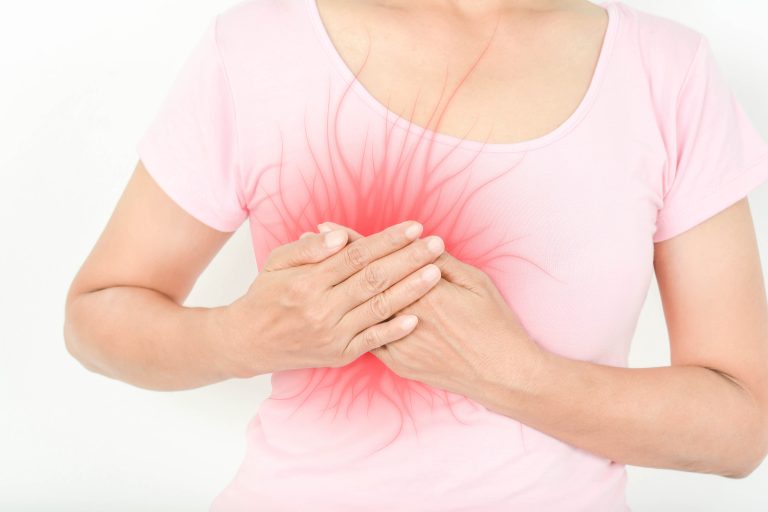Fibrocystic breast is a breast pattern that is observed in 70% of women and it is not regarded as a disease. In brief, fluid-filled fibrocysts (cysts) or solid fibroadenomas exist in the breast. These masses do not transform into cancer and they may lead to confusion during breast cancer screenings. Therefore, it is necessary to make sure that all masses in the breast are fibrocyst or fibroadenoma. The main focus is to investigate a cancerous lesion originating from margins.
In which age group this condition is more prevalent?
The condition may be diagnosed at any age ranging from adolescents to elderly people. As the breast first starts to grow, it is either fibrocystic or not. Unless no symptom occurs, the condition may not be noticed and it may be left undiagnosed for a long time. Typically, the condition is active at reproductive age and it is recognized due to pain, tenderness and palpable lump. Depending on the size of the breast, the number of fibrocysts may vary from tens to hundreds. However, only the major ones are selected and reported in a breast ultrasound. It is not necessary to report all of them. Because the matter is to clarify the nature rather than their number, size and location.
Is the condition dangerous?
The fibrocystic masses are not dangerous. At the most, the condition causes pain, burn, irritation and numbness which can be managed with medication treatment. These symptoms may occur in both breasts, armpits, shoulders and arms, but they may even radiate to the back and posterior neck.
What are the symptoms? The symptoms include palpable lumps in the breast, pain in breast, chest pain, pain or swelling in the armpit, numbness, tenderness, irritation and the feeling of electric shock in the breast, armpit and/or arm, the feeling of compression on the chest and rarely pain in the shoulder, back and posterior neck. Sometimes, nipple discharge can also be noted.
Is routine follow-up required?
Certainly, routine follow-up is necessary. In women with fibrocystic breast pattern, size and number of the masses may vary in a short time; thus, it is difficult to differentiate a malignant mass, if any, located in the same area during palpation. The cysts are checked through annual US and exam, but especially it is investigated whether there is a cancerous mass. Because we cannot rely on palpation.
Do fibrocystic breasts progress to cancer?
The fibrocysts do never transform into cancer, but patients with fibrocystic breast pattern do not seek medical help with the thought that the fibrocysts do not progress to cancer in any case. The risk of breast cancer is same in patients with and without fibrocystic breast pattern. However, if patients ignore annual follow-up with the thought that the fibrocysts do not transform into cancer in any case, they cannot notice any cancerous mass that originates from another area in the breast, even if it is palpable. You may consider it a cyst. Therefore, annual breast exams should not be ignored.
Is surgical intervention required?
Surgery can be performed for only very painful fibroadenomas that enlarge continuously, change the shape of the breast and cause discomfort. Nevertheless, it is not a must. Surgery is not required when the fibrocysts enlarge severely. The accumulated fluid can be drained at once without pain, similar to drawing a blood sample. However, it is essential to perform biopsy at least once. It can be removed afterwards upon request of the patient or the lesion is followed up, but not removed.
Can the condition be treated with medication?
No medication can eliminate the fibrocysts. Only herbal medicines are used to alleviate the complaints, such as pain, burn and radiating pain. Treatment response is achieved in 80% of patients.
Who are at risk?
The fibrocystic breast pattern is not a risk factor. Thus, 70% of women with this condition do not need to worry. There is no clear evidence that would explain the underlying cause of this pattern. However, statistics point to familial predisposition. In other words, the risk is very high, if your mother has the same condition. This breast pattern does not increase the risk of breast cancer but requires a detailed and proper assessment by radiologists who read the breast X-ray. Because they need to clearly identify the nature of many round lumps located in the breast. It is something like looking for a needle in a haystack at every turn. Here, the important thing is to detect and identify any cancerous mass, not the fibrocystic lesions. Valuable comments made by radiologists are key considerations during annual follow-ups of the fibrocystic breast.

